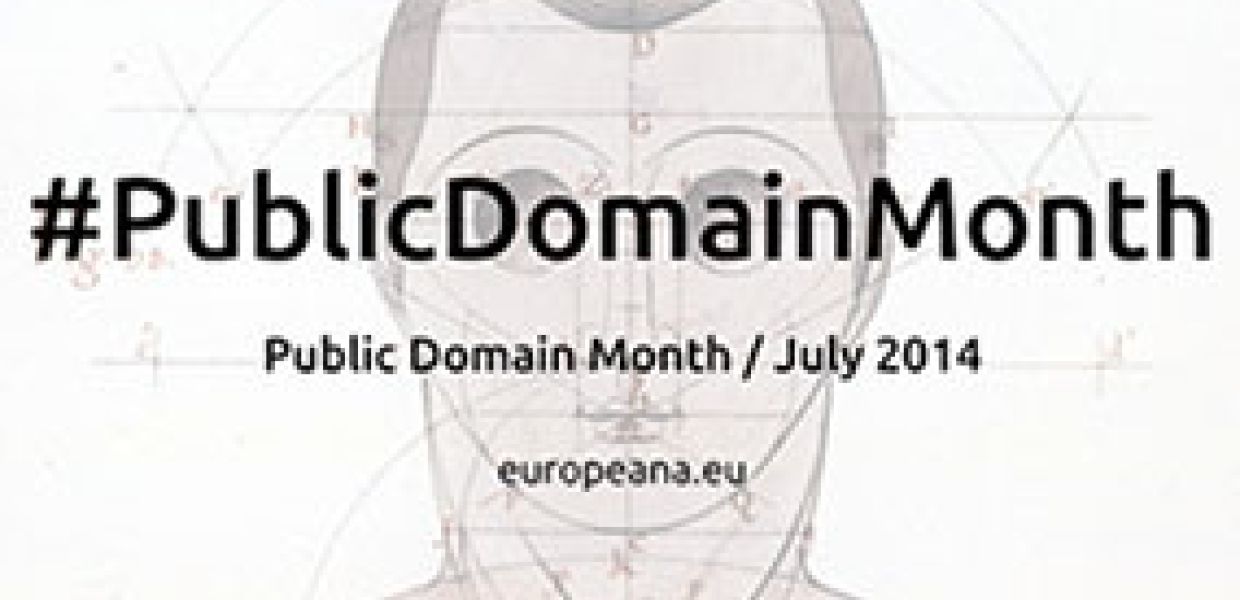The Public Domain and Attribution - Give Credit Where Credit is Due

.jpg)
Image: Etude d'une tête humaine, vue de face by Lequeu, Jean Jacques (1757-1825). French National Library (Public Domain).
Here at Europeana we love to promote our partners’ collections. Those that are labeled as public domain and include high-resolution images have proven to excite thousands of culture hungry followers on the Europeana blog and through our social media channels. Highlighting these great images, and increasing their reach by sharing them in as many places as possible reinforces one of our objectives described in Europeana Strategy 2020; we “want to reach people through the channels that they are already already familiar with such as Wikipedia, Pinterest, and use social media so that our heritage becomes part of popular discourse”.
Best practices for attributing works in the Public Domain
It is really important when we share these images we attribute the objects correctly to ensure that users know where they originate from. The Europeana Usage Guidelines for public domain works set out eight core values that we follow when sharing works that are in the public domain.
- Give credit where credit is due
- Protect the reputation of creators and providers
- Show respect for the original work
- Show respect for the creator
- Share knowledge
- Be culturally aware
- Support efforts to enrich the public domain
- Preserve public domain marks and notices
Our experience and these guidelines have taught us that when possible, for all of the works we share online including those in the public domain, we credit the institution (such as the archive, museum or library) that provided the work, credit the creator or provider on behalf of the creator, mention that the work is in the public domain, and finally provide a link back to the original source for the work (usually Europeana).
However, we also know that it is not always possible to take a consistent approach to attribution across a large number of platforms. Especially when each platform has its own limitations or methods, for example the limited character length on Twitter. So when all else fails, we provide a link to the original source as the attribution, ensuring that the link provides the user with credits for the institution and creator.
There are tools that can help
If you are working in an environment where you have the possibility to include HTML code, such as on a Wordpress blog, there are tools out there that can assist you with using the Public Domain Mark (PDM) in the best possible way. For example, Creative Commons PDM tool enables you to create a label to assign to the work you are sharing, allowing the work to be easily discovered while at the same time providing valuable information about the work. As with other Creative Commons licenses, the PDM mark is available as a machine readable version, this will include important information on the key freedoms and obligations written into a format that software systems, search engines, and other kinds of technology can understand.
This article was written as part of Europeana’s #PublicDomainMonth - a month dedicated to sharing knowledge, best practices and events all related to the Public Domain. You can read and read and share the full Europeana Usage Guidelines for public domain works, also you can get involved by following #PublicDomainMonth and @EuropeanaIPR on Twitter.
